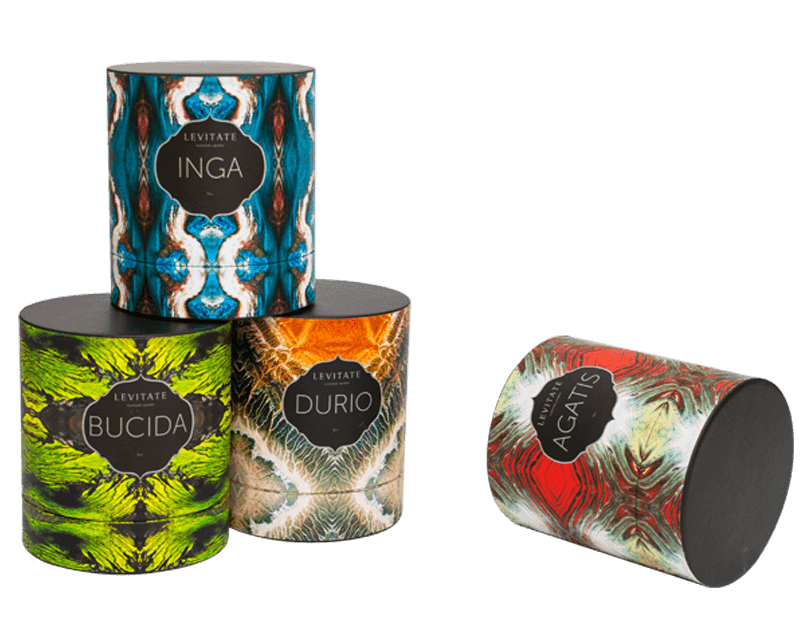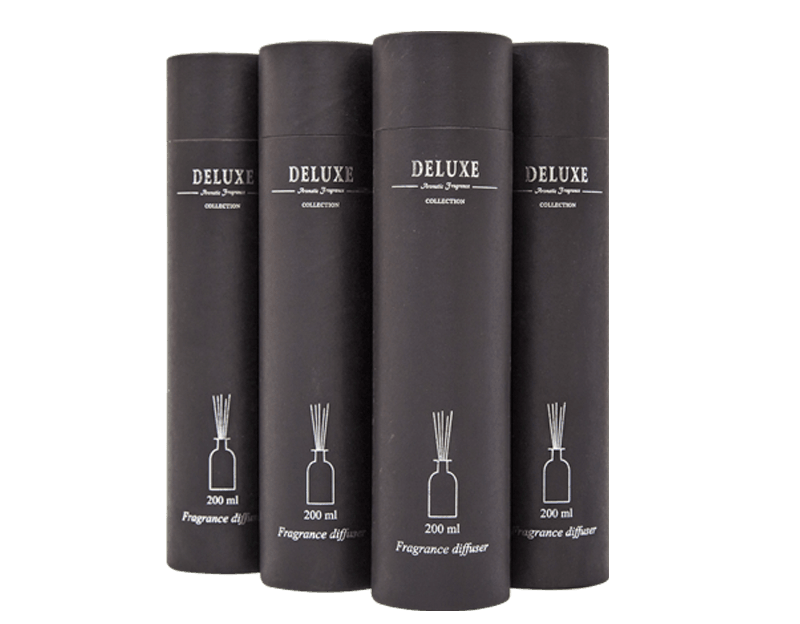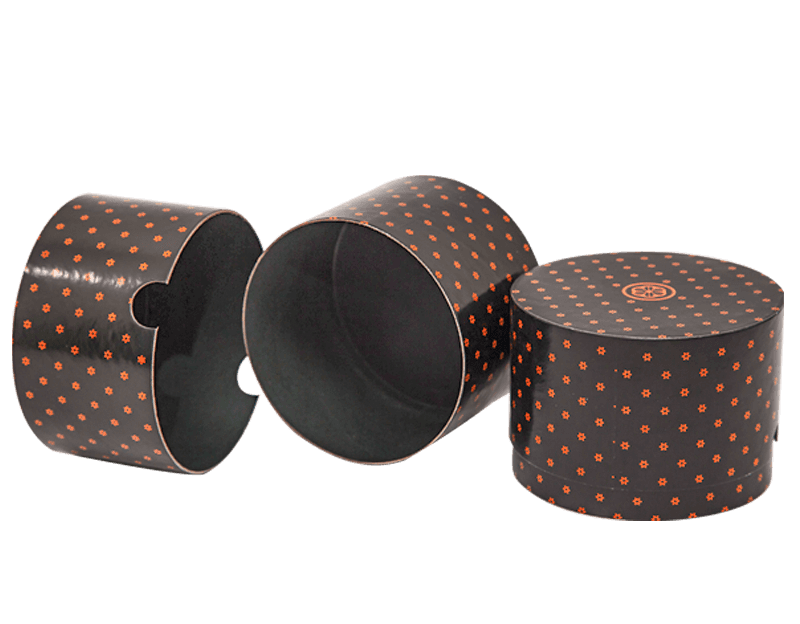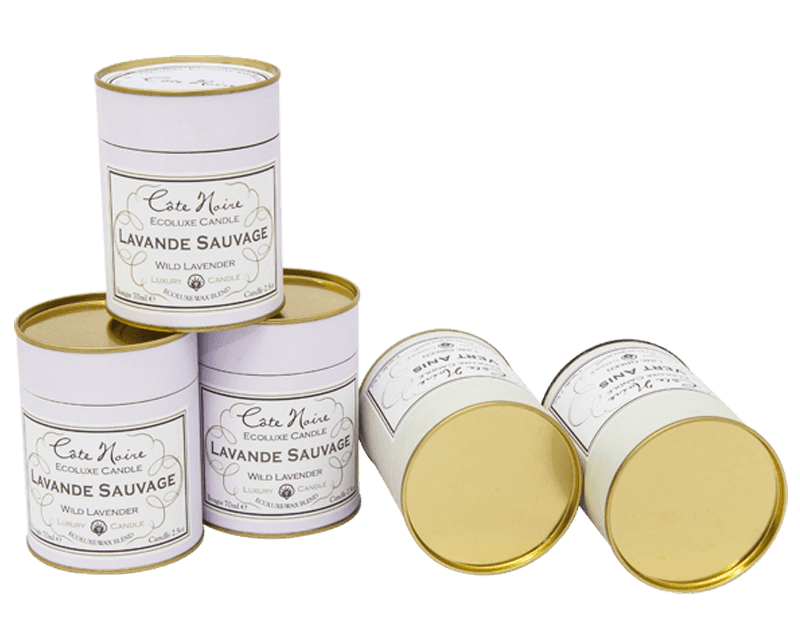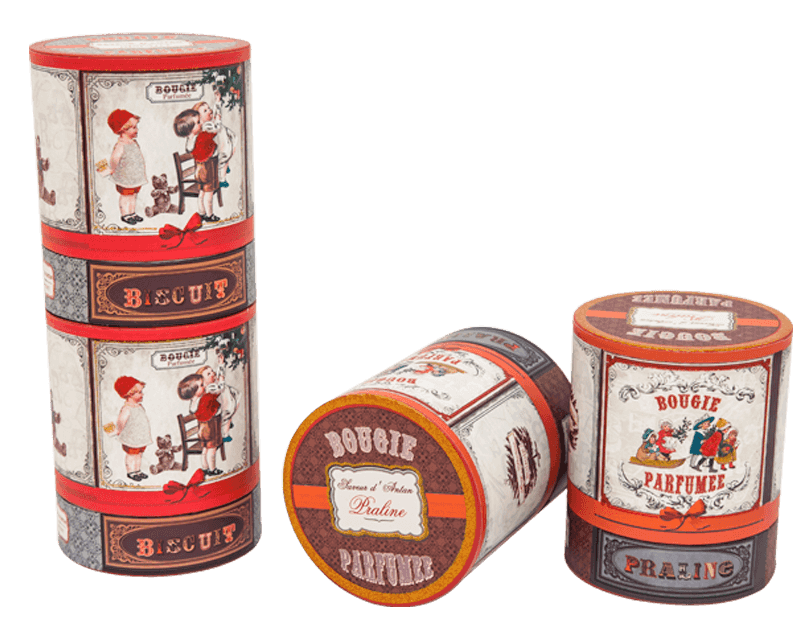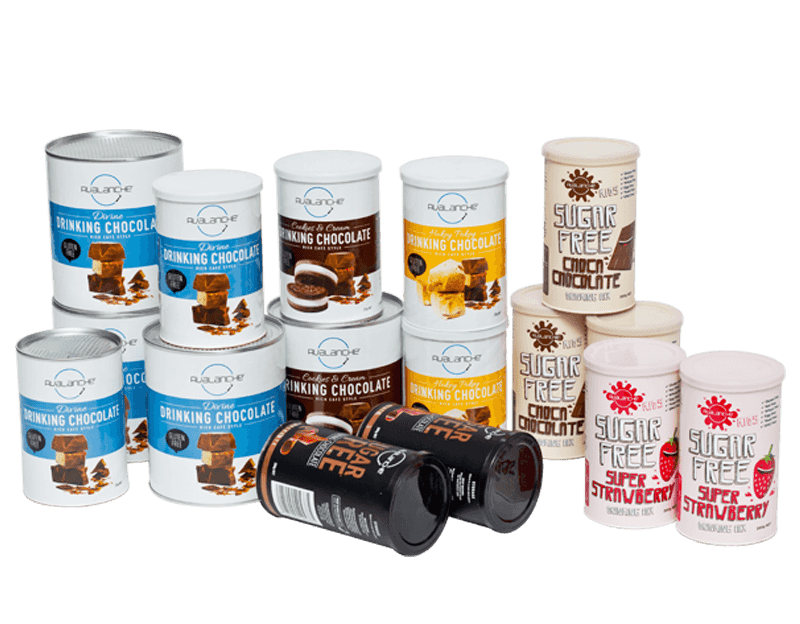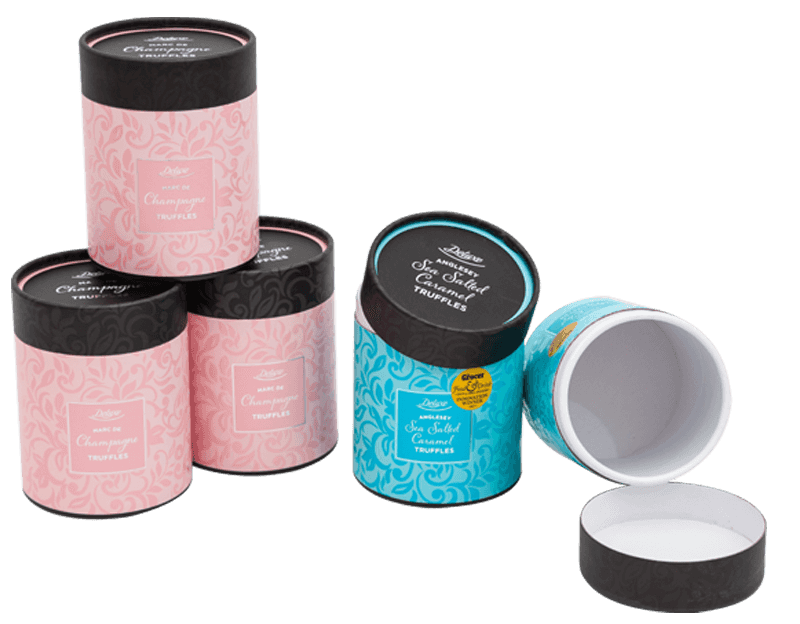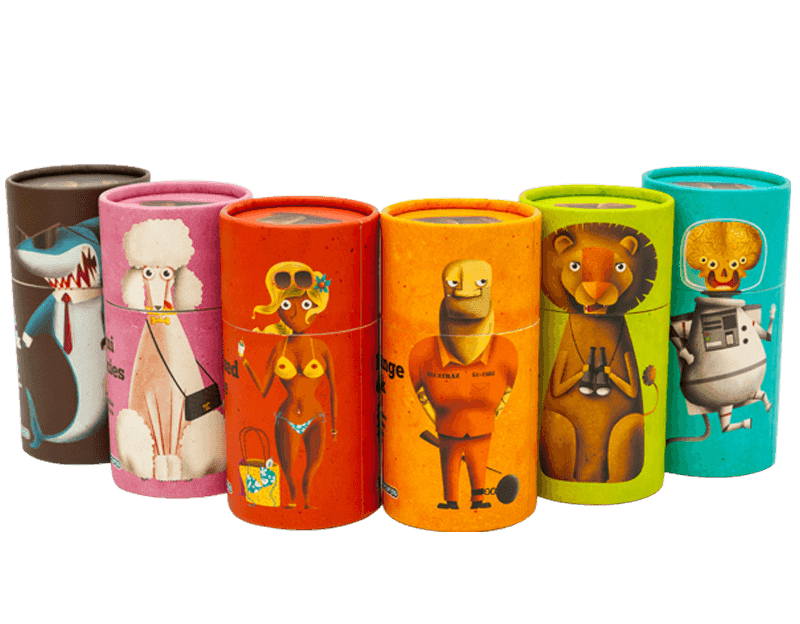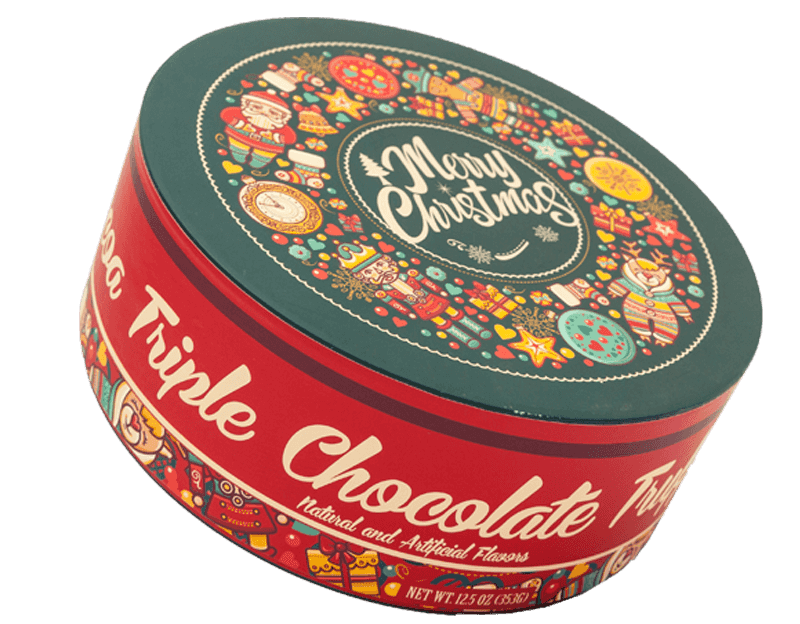As one of the top China cardboard tube packaging manufacturers and paper tube packaging suppliers, we devote all of our efforts to research and launch more high quality packaging products to global market.
Extending the shelf life of pet canned packaging involves various factors and considerations in the manufacturing and storage processes. Here are some key strategies to help prolong the shelf life of pet canned packaging:
Proper Sterilization:
Ensure that the contents of the can are thoroughly sterilized during the heat treatment (retort) process. This process is critical to eliminating harmful microorganisms that can lead to spoilage and foodborne illnesses.
High-Quality Ingredients:
Use high-quality and fresh ingredients in the pet food to start with. The quality of ingredients can significantly impact the shelf life of the final product.
pH Control:
Maintain proper pH levels in the pet food. Acidic conditions can help inhibit the growth of certain spoilage microorganisms. Formulate the pet food accordingly to achieve the desired pH level.
Low Moisture Content:
Aim for a low moisture content in the pet food, as moisture can promote microbial growth and lead to spoilage. Use ingredients and formulations that minimize moisture content.
Sealing Integrity:
Ensure that the canning process provides a hermetic seal that is completely airtight. Any leakage can compromise the sterility of the contents.
Proper Storage:
Store canned pet food in a cool, dry place away from direct sunlight and temperature fluctuations. Maintaining consistent storage conditions helps preserve product quality.
Packaging Material Quality:
Use high-quality packaging materials that provide a good barrier against light, moisture, and oxygen. The integrity of the can and its lining is critical to preventing contamination and maintaining freshness.
Quality Control:
Implement stringent quality control measures throughout the manufacturing process to ensure that the pet food meets safety and quality standards.
Regular Testing:
Conduct regular testing of finished products for microbiological stability and quality. This includes monitoring for signs of spoilage, such as off-odors or changes in texture.
Proper Labeling:
Clearly label the canned pet food with the "best by" or "use by" date to inform consumers of the product's shelf life. This helps prevent the consumption of expired products.
Avoid Cross-Contamination:
Practice good hygiene and cleanliness in the manufacturing process to prevent cross-contamination with pathogens that can compromise the product's safety.
Educate Consumers:
Educate pet owners about proper storage and handling of canned pet food. Encourage them to use the product within the recommended timeframe and store opened cans in the refrigerator.
Consider Packaging Innovations:
Explore packaging innovations that enhance the shelf life of pet canned packaging, such as improved sealing methods or materials that offer better protection against external factors.
Environmental Factors:
Be mindful of the environmental conditions during transportation and storage. Extreme temperatures or humidity can affect the quality of canned pet food.
Regularly Review Formulations:
Continuously assess and optimize the pet food formulations to improve shelf life while maintaining nutritional value and palatability.
 English
English Español
Español
